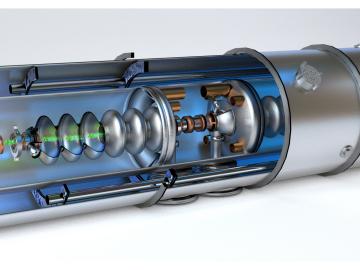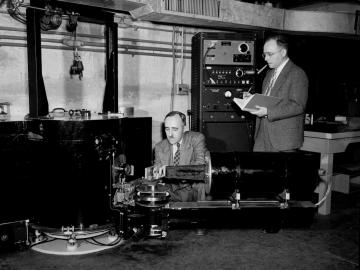
Filter News
Area of Research
- (-) Fusion and Fission (54)
- (-) Neutron Science (190)
- (-) Nuclear Systems Modeling, Simulation and Validation (3)
- (-) Supercomputing (311)
- Advanced Manufacturing (34)
- Biological Systems (18)
- Biology and Environment (177)
- Biology and Soft Matter (5)
- Building Technologies (12)
- Chemical and Engineering Materials (4)
- Chemistry and Physics at Interfaces (11)
- Clean Energy (522)
- Climate and Environmental Systems (14)
- Computational Biology (6)
- Computational Chemistry (5)
- Computational Engineering (5)
- Computer Science (19)
- Data (1)
- Earth Sciences (1)
- Electricity and Smart Grid (3)
- Energy Frontier Research Centers (14)
- Energy Sciences (5)
- Fossil Energy (3)
- Fuel Cycle Science and Technology (3)
- Functional Materials for Energy (16)
- Fusion Energy (17)
- Geographic Information Science and Technology (3)
- Isotope Development and Production (3)
- Isotopes (35)
- Materials (433)
- Materials Characterization (2)
- Materials for Computing (36)
- Materials Synthesis from Atoms to Systems (13)
- Materials Under Extremes (12)
- Mathematics (1)
- National Security (79)
- Neutron Data Analysis and Visualization (4)
- Nuclear Science and Technology (74)
- Nuclear Systems Technology (1)
- Quantum Condensed Matter (4)
- Quantum information Science (9)
- Reactor Technology (1)
- Renewable Energy (4)
- Sensors and Controls (5)
- Transportation Systems (11)
News Type
News Topics
- 3-D Printing/Advanced Manufacturing (12)
- Advanced Reactors (9)
- Artificial Intelligence (39)
- Big Data (20)
- Bioenergy (14)
- Biology (14)
- Biomedical (26)
- Biotechnology (2)
- Buildings (5)
- Chemical Sciences (10)
- Clean Water (2)
- Climate Change (17)
- Composites (2)
- Computer Science (98)
- Coronavirus (17)
- Critical Materials (4)
- Cybersecurity (9)
- Decarbonization (9)
- Energy Storage (17)
- Environment (29)
- Exascale Computing (23)
- Fossil Energy (2)
- Frontier (30)
- Fusion (23)
- Grid (7)
- High-Performance Computing (40)
- Isotopes (2)
- ITER (6)
- Machine Learning (16)
- Materials (28)
- Materials Science (34)
- Mathematics (1)
- Microscopy (9)
- Molten Salt (1)
- Nanotechnology (20)
- National Security (8)
- Net Zero (2)
- Neutron Science (101)
- Nuclear Energy (34)
- Partnerships (4)
- Physics (17)
- Polymers (3)
- Quantum Computing (19)
- Quantum Science (29)
- Security (6)
- Simulation (17)
- Software (1)
- Space Exploration (5)
- Summit (42)
- Sustainable Energy (14)
- Transportation (12)
Media Contacts
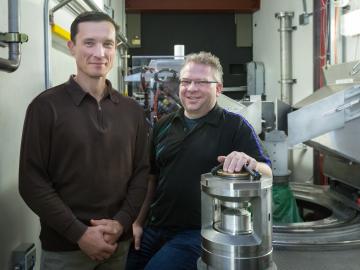
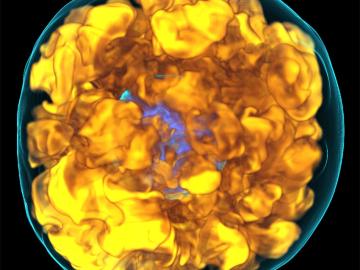
The U.S. Department of Energy’s Office of Science announced 55 projects with high potential for accelerating discovery through its Innovative and Novel Computational Impact on Theory and Experiment (INCITE) program. These awards allocate the multi-petascale computing resources at Argonne and Oak Ridge National Laboratories, two of America’s most powerful supercomputers dedicated to open science.
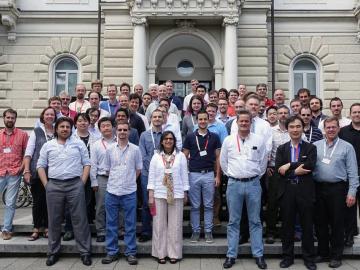
Leaders in hybrid accelerated high-performance computing (HPC) in the United States (U.S.), Japan, and Switzerland have signed a memorandum of understanding (MOU) establishing an international institute dedicated to common goals
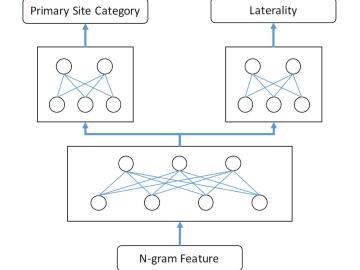
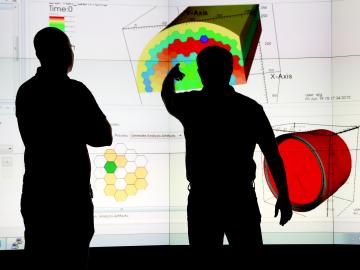
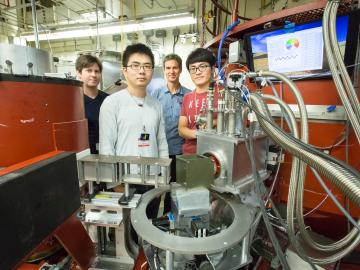
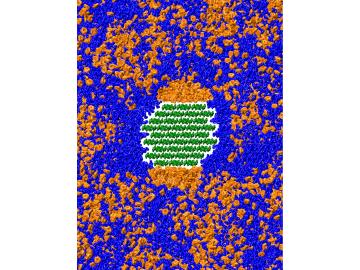
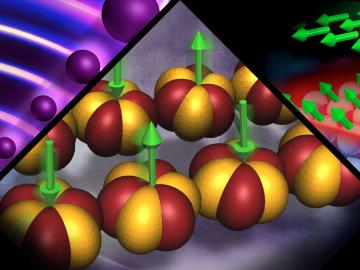
The theories recognized with this year’s Nobel Prize in Physics underpin research ongoing at the Department of Energy’s Oak Ridge National Laboratory, where scientists are using neutrons as a probe to seek new materials with extraordinary properties for applications such as next-generation electronics, superconductors, and quantum computing.
